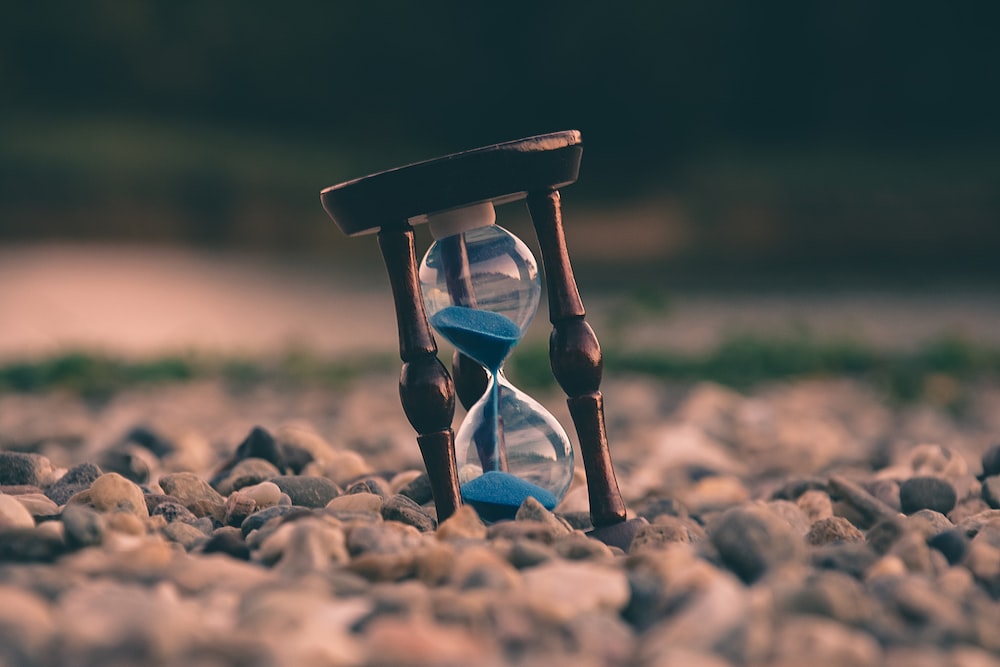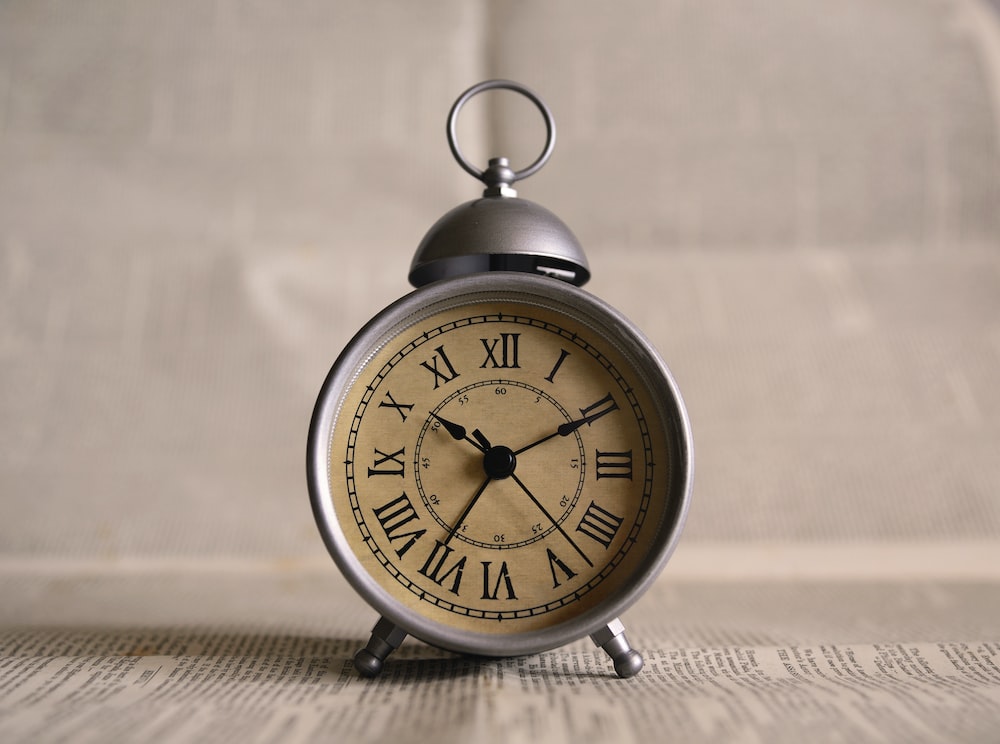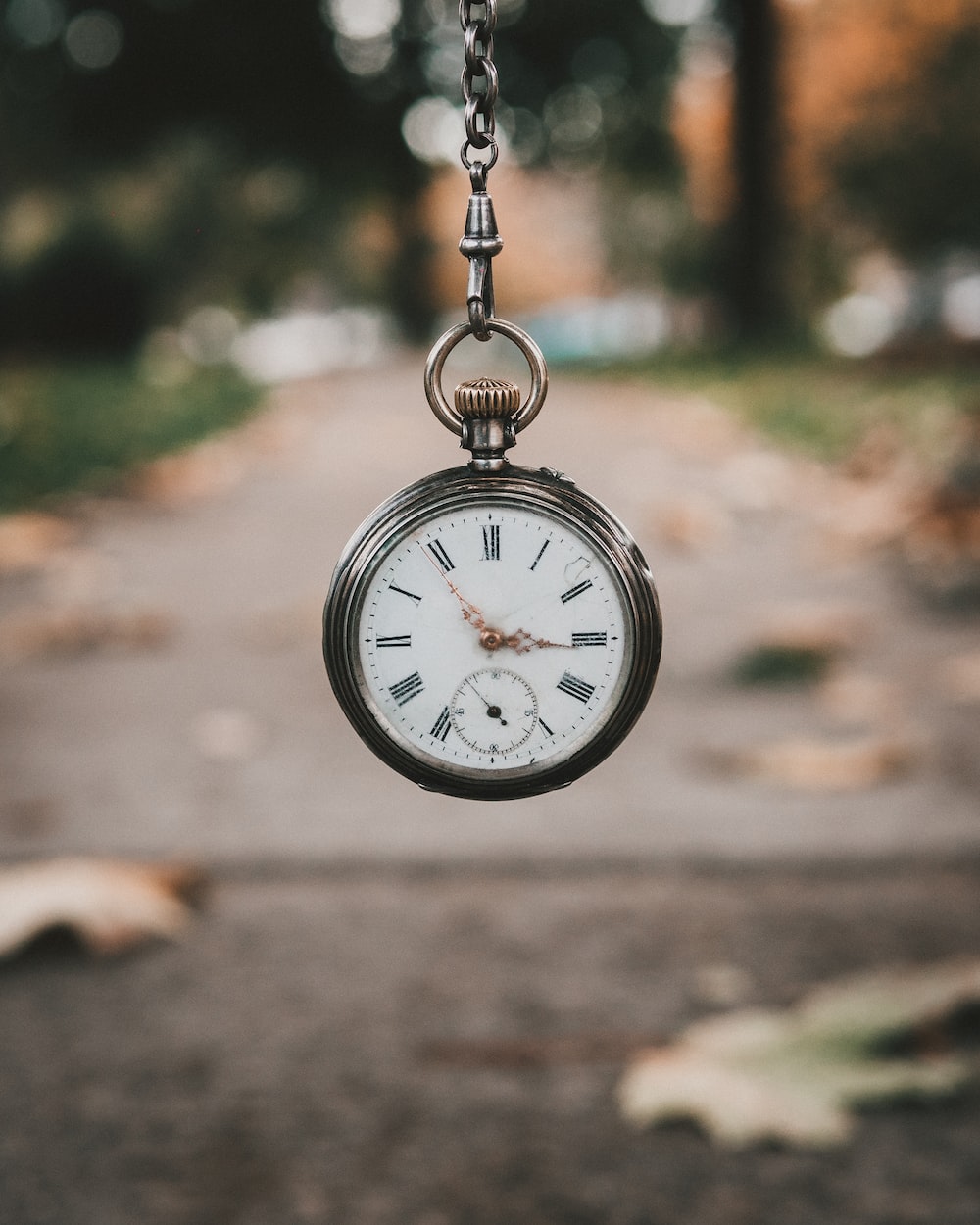The Northern Lights, also known as the Aurora Borealis, is a stunning natural phenomenon that can be seen in the night sky in certain regions. The best time to see the Northern Lights is during the equinoxes – usually March and September – when the sky is dark and clear. The further north you travel, the better your chances of catching a glimpse of the Northern Lights.

Descubre los mejores momentos para disfrutar de la belleza de las auroras boreales. Estas impresionantes manifestaciones naturales se producen cuando el viento solar se estrella contra la atmósfera de la tierra. Las auroras boreales pueden ser vistas en el cielo nocturno durante la noche en el ártico y antártico. Puedes verlas desde la costa, una montaña u otra altura elevada. Para aprovechar al máximo la experiencia de ver una aurora boreal, equipate con abrigo, botas y guantes para mantenerte cómodo. ¡Y no te olvides de llevar tu cámara!
Introduction

The Northern Lights, also known as the Aurora Borealis, is a stunning natural phenomenon that can be seen in the night sky in certain regions. The best time to see the Northern Lights is during the equinoxes – usually March and September – when the sky is dark and clear. The further north you travel, the better your chances of catching a glimpse of the Northern Lights.
Best Places to View Northern Lights
The Northern Lights, or Aurora Borealis, is one of the world’s most stunning natural phenomena. From the Arctic to Canada and Alaska, some of the best places to experience this incredible spectacle are the Lofoten Islands in Norway, Abisko National Park in Sweden, and Fairbanks in Alaska. Whether you’re looking for a once-in-a-lifetime adventure or just want to take in the beauty of the night sky, these destinations will give you the chance to witness the breathtaking beauty of the Northern Lights.
Northern Lights Seasons and Timing

The Northern Lights are a beautiful and unique phenomenon. They can be seen in the night sky during certain times of year. Depending on where you are in the world, the Northern Lights season typically occurs from late autumn to early spring. During these months, nights are longer and therefore provide more opportunities to witness this spectacular display. The best time to view the Northern Lights is when the sky is clear and the moon is not too bright.
How to Photograph the Northern Lights
Photographing the Northern Lights can be a rewarding experience, but requires some preparation and planning. Make sure you have a camera that can handle low light conditions, and use a tripod to ensure sharp images. Plan to shoot at night when the Aurora is most active and check the weather forecast for a clear night. Research the best locations for seeing the Northern Lights and take steps to limit light pollution. Lastly, experiment with different settings and angles to capture the beauty of the Aurora Borealis.
Use a wide aperture and long shutter speed to allow more light into your camera, while a higher ISO will help to capture the colors of the lights. Use a remote shutter release to reduce camera shake, and bracket your shots to increase the chances of capturing a stunning image.
By following these tips, you’ll be able to get the best possible photos of the Northern Lights.
Weather Conditions for Viewing the Northern Lights

The Northern Lights are one of the most spectacular natural phenomena to witness. The best time to view them in their full glory is during cold, clear nights. To increase your chances of seeing the lights, look for areas with little light pollution and away from cities. Dress warmly and be prepared to stay out late as the lights may not be visible until after midnight. With a bit of luck and some patience you may be rewarded with a unique and unforgettable experience.
Northern Lights Myths and Legends
The Northern Lights have been the subject of many myths and legends throughout history. Often associated with the gods, they are seen as a spiritual sign or a way to communicate with the divine. Folklore also speaks of them as an omen of good or bad luck, depending on their colour and movements. While the exact cause of these mesmerizing displays remains a mystery, the beauty and awe they evoke is undeniable.
Fascination with the Northern Lights has persisted for centuries, and continues to captivate people from all walks of life. The stories, beliefs, and rituals that have developed around the phenomenon remain an integral part of the Northern Lights’ enduring legacy.
From the Inuit belief that the lights are the spirits of their ancestors, to the Norse legend of the goddess Freya and her chariot of swans, there is no shortage of compelling stories surrounding the aurora borealis.
So while it may not be possible to see the Northern Lights with our eyes, the myths and legends that have been passed down through generations will ensure that these spectacular displays of natural beauty live on forever.
Northern Lights Safety Tips

The Northern Lights, or Aurora Borealis, is an incredible phenomenon that can be seen in the northern hemisphere. However, it’s important to be aware of safety when viewing the lights. Wear warm clothing, as temperatures can drop quickly. Also, keep a safe distance from bodies of water and never stare directly at the lights. Finally, consider bringing along binoculars or a telescope to get a better view without putting your eyes at risk.
Northern Lights Tours
Experience the beauty of the Northern Lights with a tour! Take in the stunning views of the night sky and marvel at the colors of the Aurora Borealis. With experienced guides, you can be sure to get the best out of your tour and make memories to last a lifetime.
Book your Northern Lights tour today and prepare to be amazed!
Northern Lights Forecast Prediction

The Northern Lights are an awe-inspiring natural spectacle, and predicting when and where they will appear has long been a goal of scientists. With the advancements in technology, accurate Northern Lights forecast predictions are now possible. By using sophisticated algorithms, astronomers can now provide detailed predictions about when and where the lights will be visible. This is great news for anyone wanting to experience the beauty of the Aurora Borealis. So plan ahead and don’t miss out on this amazing experience!
conclusion
The best time to witness the awe-inspiring Northern Lights is during the dark winter months. With clear skies and minimal light pollution, your chances of seeing this amazing phenomenon increase significantly. Whether you are looking for a unique vacation experience or a once-in-a-lifetime opportunity, plan your trip to the Northern Hemisphere during late autumn or early winter for the best chance to see the Northern Lights.
If you want to optimize your chances of witnessing this incredible display, make sure to check the Aurora Borealis forecast before making your trip.
Happy viewing!

Some questions with answers
When is the best time to view the Northern Lights?
The Northern Lights can be seen year-round, but they are most visible during the winter months.
What should I bring to view the Northern Lights?
Bring warm clothing and a camera to capture the beautiful display of the Northern Lights.
Where is the best place to view the Northern Lights?
The best place to view the Northern Lights is in the northernmost regions of the world, such as northern Canada, Alaska, Scandinavia, and Iceland.
What colors do the Northern Lights appear in?
The Northern Lights typically appear in shades of green, pink, yellow, blue, and purple.
What causes the Northern Lights?
The Northern Lights are caused by charged particles from the sun interacting with Earth's magnetic field.
Do the Northern Lights occur in other places besides the North?
No, the Northern Lights are only visible in the northernmost regions of the world.
What times of year are the Northern Lights most visible?
The Northern Lights are most visible during the winter months.
How far south can you see the Northern Lights?
The Northern Lights can usually be seen as far south as 60 degrees latitude.
Is it always dark when viewing the Northern Lights?
No, the Northern Lights can be seen during the night as well as during twilight.
What direction should I look when trying to view the Northern Lights?
The Northern Lights can be seen in all directions, though they are best viewed in the north.
